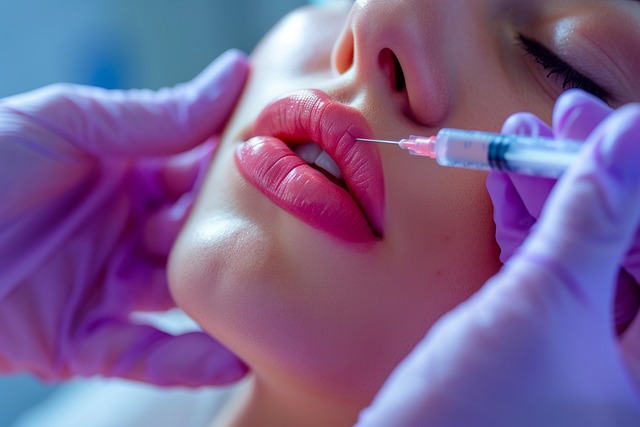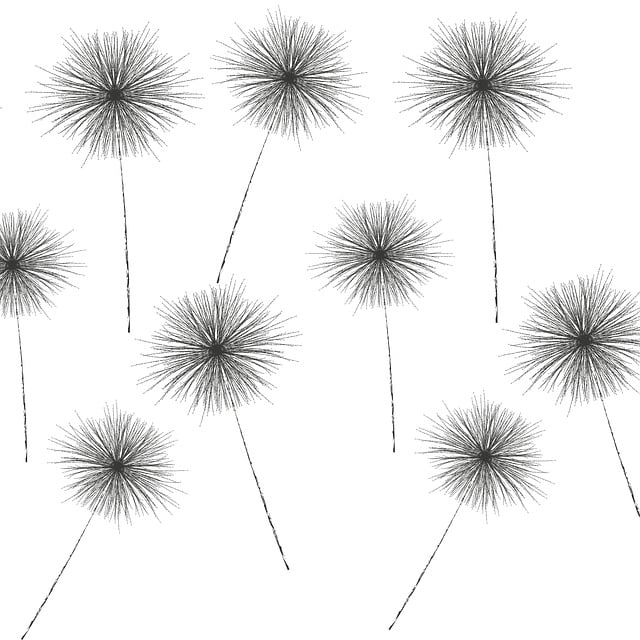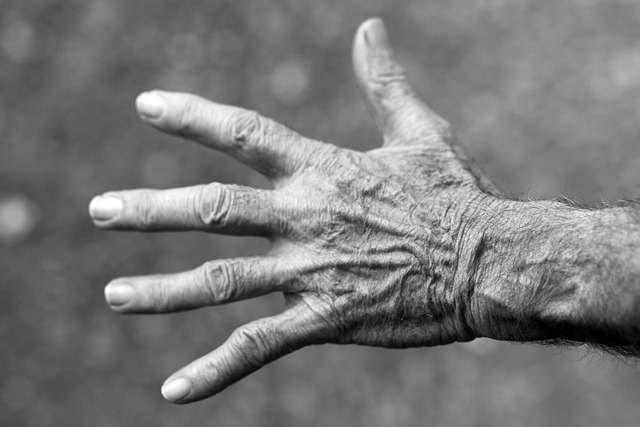Botox for fine lines and wrinkles on the forehead is a non-surgical treatment using a neurotoxin derived from bacteria. It relaxes facial muscles, smoothing dynamic wrinkles like frown lines or brow furrows. Results are visible within 24-48 hours, lasting 3-6 months, requiring repeated treatments. While safe with minimal downtime, risks include temporary bruising and rare but serious complications. Consulting a qualified dermatologist is crucial for tailored injections, optimal results, and post-care instructions to preserve treatment effects.
“Uncover the natural, non-invasive solution for reducing fine lines and wrinkles with Botox. This article delves into the science behind Botox’s remarkable effects on treating forehead creases and crow’s feet. From understanding the basics to exploring potential risks and choosing the right dermatologist, we guide you through every step. Learn how Botox for fine lines can offer visible results, enhance natural beauty, and provide long-lasting effects. Discover tips for post-treatment care to maintain optimal outcomes.”
Understanding Botox: A Simple Overview

Botox, a protein derived from bacteria, has become a popular non-surgical treatment option for those seeking to reduce the appearance of fine lines and wrinkles. It works by temporarily blocking nerve signals to specific muscles, which in turn reduces muscle contraction and subsequent creasing of the skin. This results in a smoother, more youthful-looking forehead. The procedure is simple, involving just a few injections into targeted areas, and it offers a minimal recovery time.
When used specifically for fine lines and wrinkles, Botox can provide significant improvements in facial aesthetics. It’s important to note that its effects are temporary, usually lasting between 3 to 6 months, after which the treatment may need to be repeated for sustained results. This aspect makes it an excellent choice for those wanting a more subtle, natural-looking enhancement without the commitment of surgery.
The Science Behind Botox for Fine Lines

Botox has become a popular choice for those seeking to reduce the appearance of fine lines and wrinkles, especially on the forehead. The science behind this procedure involves a simple yet powerful concept: relaxing muscles. Botox is a neurotoxin that, when injected into specific muscle groups, temporarily paralyzes them. For facial aesthetics, this means it can smooth out dynamic lines caused by repeated contractions, such as frown lines or wrinkles between the eyebrows.
This non-surgical approach works best for fine lines and early signs of aging. By relaxing the muscles responsible for creasing the skin, Botox can prevent new wrinkles from forming and lessen the depth of existing ones. It’s a safe and minimally invasive procedure with rapid results, making it a go-to option for many seeking to maintain a youthful appearance without surgery.
What to Expect from a Forehead Botox Treatment

When considering Botox for fine lines and wrinkles on your forehead, it’s crucial to set realistic expectations. The treatment aims to relax the muscles responsible for causing dynamic wrinkles, particularly those that form frown lines or a persistent furrow between the brows. Results can vary, but you can anticipate seeing a noticeable reduction in the depth and appearance of these wrinkles within 24-48 hours after the procedure.
The effects of Botox are temporary, typically lasting between 3 to 6 months. This means that follow-up treatments are often necessary to maintain the desired results. It’s important to remember that Botox is a localized treatment, so it won’t affect other areas of your face or body. Moreover, it’s a non-invasive procedure with minimal downtime, making it an attractive option for those seeking to enhance their appearance without major surgeries or extensive recovery periods.
Potential Benefits and Risks of Botox on the Forehead

Botox for fine lines and wrinkles on the forehead has gained popularity as a non-invasive aesthetic treatment. Potential benefits include significantly reducing the appearance of dynamic wrinkles, often caused by frowning or squinting, leading to a smoother and more youthful complexion. It can also enhance overall facial symmetry and balance, boosting self-confidence for many individuals concerned about their aging signs.
However, like any cosmetic procedure, there are risks associated with Botox on the forehead. Temporary bruising, swelling, and headaches are common side effects after the treatment. More concerning complications, though rare, include asymmetrical facial expressions, difficulty blinking or closing the eyes, and in extreme cases, muscle weakness around the treatment area. It’s essential to consult a qualified healthcare provider who can weigh the potential benefits against individual risks before proceeding with any cosmetic injections.
Choosing the Right Dermatologist for Botox Procedure

When considering a Botox procedure, especially for fine lines and wrinkles, selecting the right dermatologist is paramount. This expert should possess extensive experience in administering Botox injections to ensure optimal results and patient safety. A skilled dermatologist will take the time to understand your concerns, assess your skin, and discuss the expected outcomes, risks, and benefits of the treatment.
Choosing a qualified professional ensures that you receive precise, tailored injections suited to your unique facial structure and aesthetic goals. This meticulous approach helps minimize the chances of unwanted side effects, such as asymmetry or over-injection, commonly associated with inexperienced practitioners. Moreover, a reputable dermatologist will employ sterile techniques, use high-quality products, and provide post-treatment care instructions for accelerated recovery and enhanced results.
Maintaining Results: Post-Treatment Care Tips

To maintain the results of your natural forehead botox treatment, focusing on post-treatment care is essential. After your procedure, it’s crucial to avoid strenuous activities and excessive sun exposure for a few days. Using a gentle, hydrating skincare routine can help alleviate any temporary discomfort while promoting healing. Additionally, steering clear of makeup for 24 hours ensures the area isn’t irritated further. Remember, Botox for fine lines and wrinkles works by relaxing muscles, so massaging the treated area gently can aid in reducing swelling.
Proper hydration is key; drink plenty of water to support your body’s natural healing processes. While it’s good to be proactive with your skincare, resist the urge to pick or touch the treatment site as this may disrupt the results and lead to complications. If you experience any unusual symptoms like severe headaches, vision changes, or difficulty breathing, contact your provider immediately.
